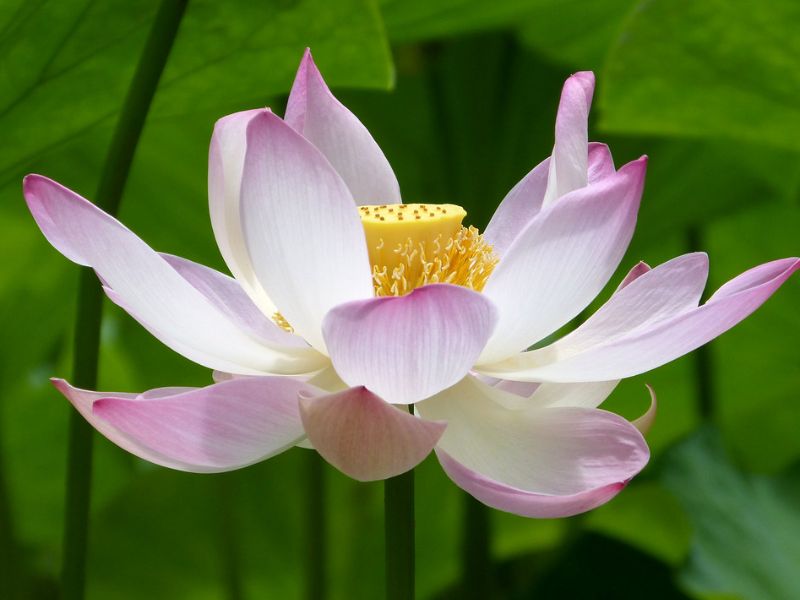Moringa Tree (Moringa Oleifera), also known as Ben Oil Tree, Drumstick Tree, Horseradish Tree is grown worldwide and are valued for their edible parts, which are extremely high in nutrients and minerals, and for their beautiful beauty ornamental value. It is a drought-tolerant, fast-growing tree of the Moringa family, is a plant native to the Himalayan foothills of India and Bangladesh. Read on to learn everything about this tree. Is this the ideal plant to start indoors, in your backyard or your garden?
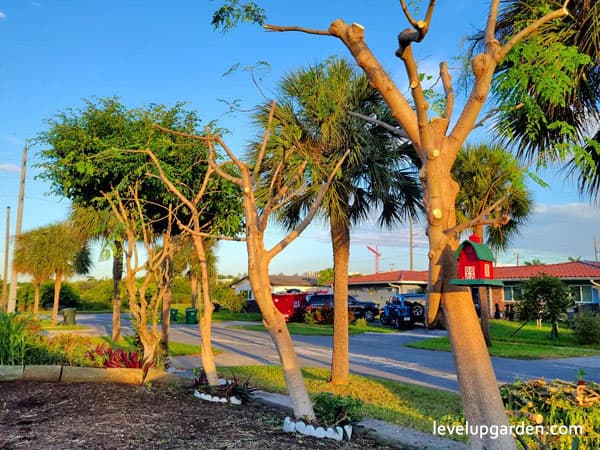
I. Moringa Tree (Moringa Oleifera) Profile – An Overview of the plant
| Common Name | Drumstick tree, moringa tree, miracle tree, horseradish tree, ben oil tree, Moringa plant |
| Botanical Name | Moringa oleifera |
| Native Area | India, Pakistan, Nepal, Bangladesh, Sri Lanka |
| Family | Moringaceae |
| Plant Type | Tree |
| Hardiness Zones | 10 – 11 |
| Mature Size | 40′ tall |
| Sun Light | Full sun |
| Soil Type | Well-drained, sandy, or loamy soil |
| Soil pH | Neutral to acidic |
| Flower Color | Cream, white |
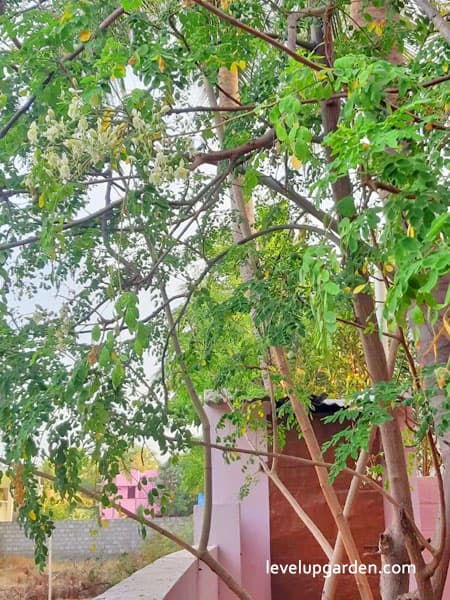
II. Growing and Care Conditions
Established moringas require little care, especially if grown outdoors year-round. If you do not live in the tropics or subtropics, you will need to move it indoors during the cooler months. Fortunately, moringas are well suited for container growing.
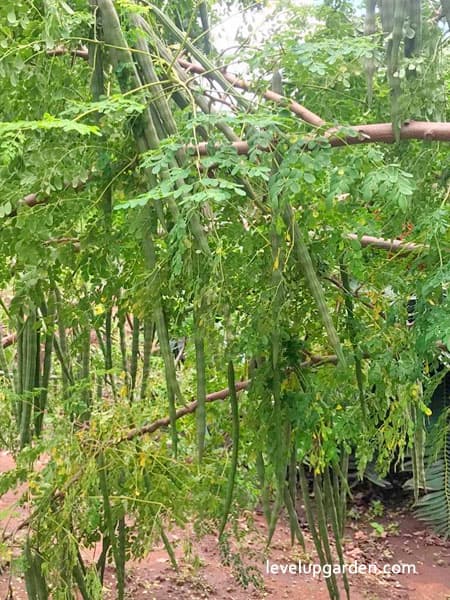
- Watering: Moringa trees do not require much watering and can thrive in a dry environment. Water is needed to keep the soil moist for the first two months, then only when the tree is visibly stressed.
- Sunlight Needed: A bright, sunny location with direct sunlight for most of the day is best for growing Moringa. Insufficient light may hinder growth.
- Fertilizer: Moringa trees usually do not require fertilizer. They grow well without fertilizer, but if they do require a little help, you can use a fertilizer high in phosphorus, which aids root development, or a fertilizer high in nitrogen, which aids leaf growth.
- Soil Requirements: Moringa plants are tolerant of a wide range of soils and can survive in lean soils if conditions require. However, they grow best in well-drained, sandy soils. Moringa is susceptible to root rot and will not grow in overly compacted or excessively moist soils.
- Temperature and Humidity: Moringa grows best between 77 and 95 degrees Fahrenheit, but can tolerate temperature extremes of up to 118 degrees Fahrenheit if kept in the shade. It is not very cold hardy but can tolerate light frosts. Moringa can be grown outdoors year-round in USDA zones 10 and 11 and can be grown outdoors part of the year in areas with mild summers.
- Planting: Moringa trees can be successfully grown in containers with proper care and placement.
- Pests and Diseases: In general, Moringa trees are typically very voluminous, fast-growing, and problem-free. But there are a few things to keep in mind.
III. Uses
Moringa trees (Moringa Oleifera) are considered one of the most beneficial plants on the planet. It is appreciated as an edible part of the plant, which contains many nutrients and minerals.
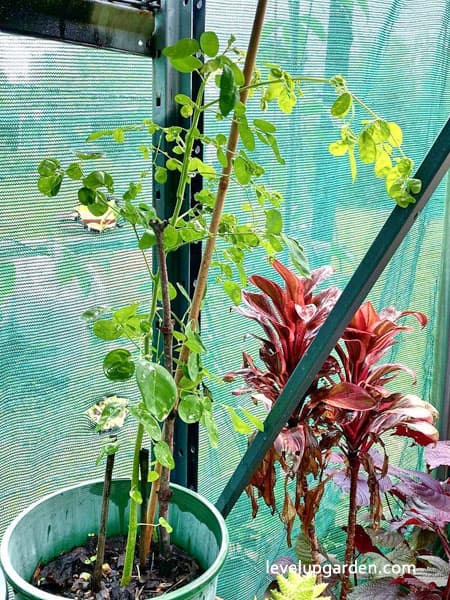
Fresh Moringa leaves from mature trees are a delicious addition to salads. The leaves are also ideal for making tea or as an ingredient in a variety of dishes, including poultry, meat, and vegetables.
Various parts of moringa are edible:
- Immature seed pods, called “drumsticks”: In South Asia, immature seed pods are called “drumsticks” and are commonly eaten. After boiling, they are added to curry and simmered until tender.
- Leaves: The leaves can be used in a variety of ways, perhaps the most common being to add them to a clear broth-based soup.
- Mature seeds: Removing the seeds from the mature pods, they are eaten like beans or roasted like nuts.
- Oil pressed from seeds: The mature seeds yield 38-40% edible oil called ben oil, which is high in behenic acid. The refined oil is clear and colorless, odorless, and resistant to rancidity. After the oil is extracted, the seed meal is sometimes used as a fertilizer or as a coagulant for water purification.
- Flowers: The white flowers of the moringa tree taste like mushrooms and contain amino acids, calcium, and potassium. It can be boiled, stir-fried, or steamed to make tea. It has also been used in traditional medicine to treat tumors and muscle diseases.
- Roots: Shredded and used as a condiment, the root has a sharp flavor due to its high polyphenol content.
IV. Varieties
There are more than 13 species of Moringa plants, which can all be used for food or medicinal purposes. However, most species, with the exception of Moringa Oleifera, are not widely cultivated outside of their native regions. Here are some other popular Moringa varieties:
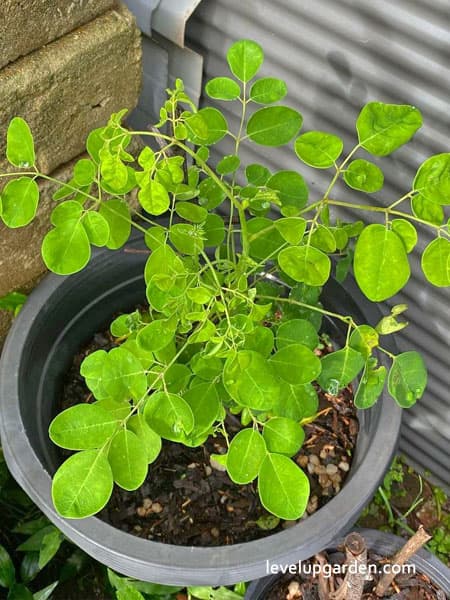
- Moringaceae Arborea
- Moringaceae Borziana
- Moringaceae Longituba
V. Why should you plant this tree?
You can eat the leaves, pods, and seeds, so pick up a fork. The roots are also edible, so similar in flavor that this tree is called the “Horseradish tree”. Each part of the Moringa tree is nutritious and is often used in recipes around the world.
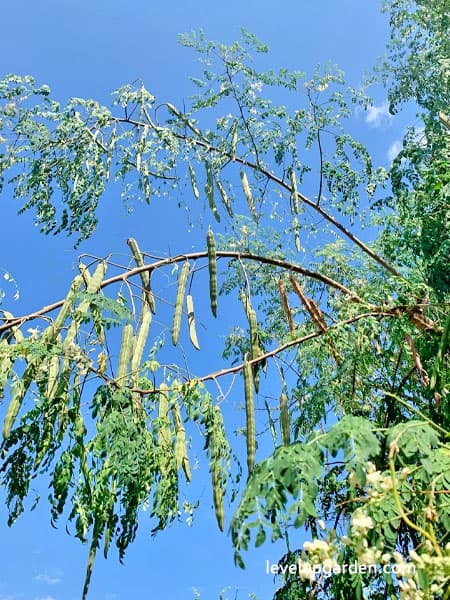
Moringa leaves, pods, and seeds are rich in nutrients such as calcium, potassium, iron, and zinc, as well as vitamin C, the equivalent of four oranges. It is also high in antioxidants, making it ideal for overall health.
You don’t have to go out and buy an expensive bottle of multivitamins, just pick a few leaves and you have a nutritious snack.
The leaves can be cooked in boiling water or eaten raw to boost your immune system. The seeds can also be baked for a delicious taste.
Plant a Moringa tree in your garden and you will have a spread of nutritious leaves within walking distance. Or, place it indoors in a container and you’ll have plenty of healthy treats within easy reach.
Moringa trees are a joy to look at, with their lush foliage against the unique white bark. With its many white flowers, it will stand out in your neighborhood.
After flowering, the Moringa tree begins to grow unique pods filled with seeds. The pods are about a foot long, turn light brown, and resemble drumsticks.
VI. FAQs
What is Moringa tree good for?
Moringa contains many important vitamins and minerals. Its leaves contain seven times more vitamin C than an orange and 15 times more potassium than a banana. It also contains calcium, protein, iron, and amino acids, which help the body recover and build muscle.
Can I eat raw moringa leaves?
Moringa leaves can be used in many ways, such as capsules, powder, or eaten whole and raw. A cup of chopped fresh leaves provides many vitamins and minerals.
Do moringa trees grow fast?
Moringa trees are fast growers. They can grow to 18 feet in less than 6 months and mature to 25-35 feet tall and 15-25 feet wide.
